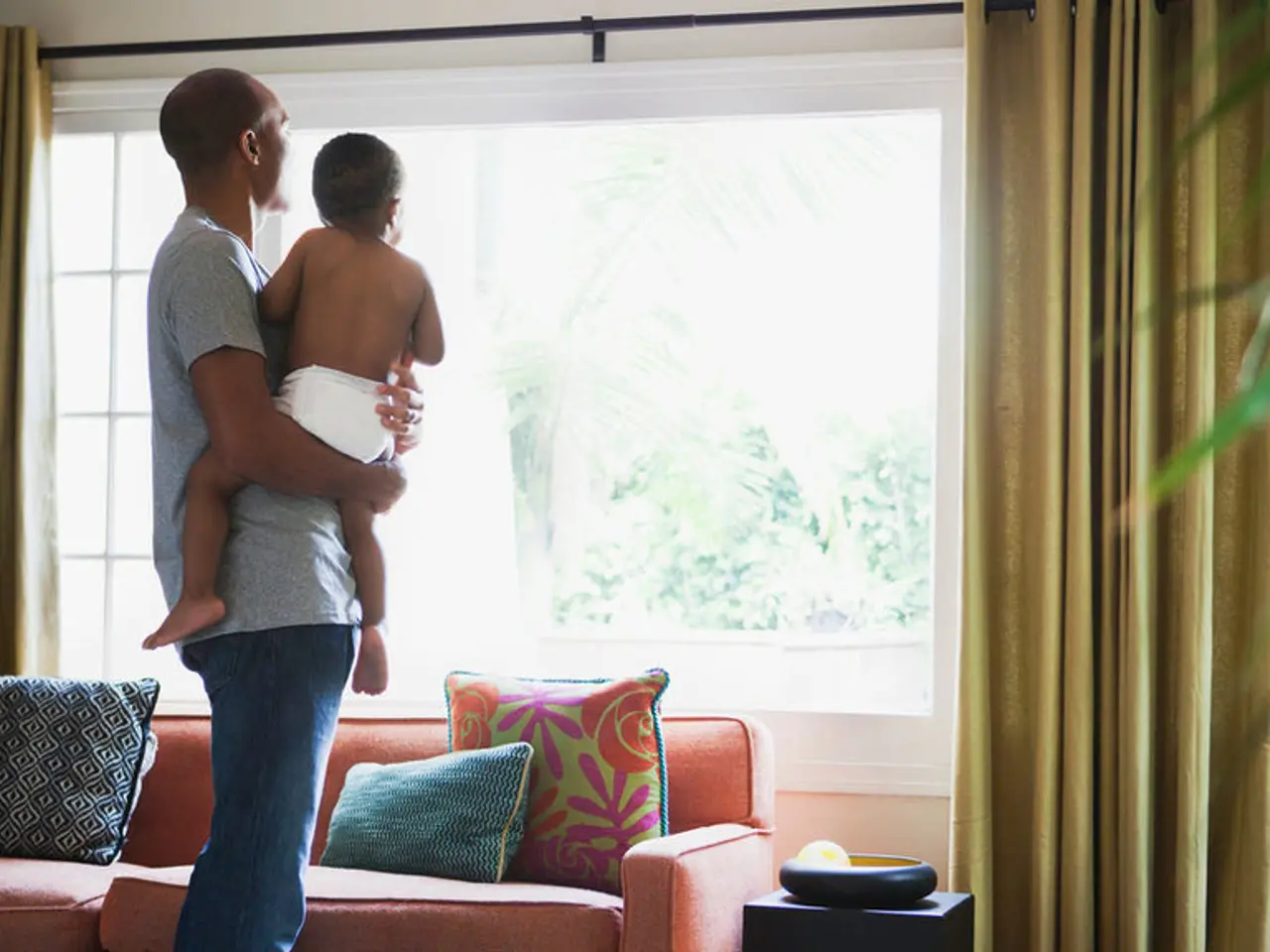Financial Status Plays Crucial Role in Japanese Fathers Taking Paternity Leave?
In February 2025, Mynavi conducted an online survey of married women in Japan who work part-time and have children. The survey, led by senior researcher Sekine Takahiro from Mynavi's Career Research Lab, received 1,712 responses.
The survey results reveal that many part-time working married women in Japan face significant financial and time constraints when it comes to paternal leave. A staggering 36% of all respondents reported having "no leeway for either" in terms of finances and time.
Despite the government's efforts to encourage more fathers to take parental leave, traditional gender norms and workplace cultures continue to place the childcare and housework burden on women. This has a profound impact on these women's perspectives.
The rate of men taking paternity leave in Japan has grown notably, reaching around 30 percent in 2023 and doubling since 2022, thanks in part to recent legislative amendments making leave more flexible and supportive of fathers directly after childbirth. However, despite legal allowances, traditional expectations still firmly associate childcare responsibilities with women, creating resistance in some workplaces and social pressures that discourage men from taking leave.
For part-time working mothers, this can lead to unfair expectations and difficulties balancing work and family obligations. Their financial contribution may be limited by the nature of their part-time work, making the economic impact of husbands’ leave-taking an important factor. If husbands take childcare leave, it might ease time constraints but could also create financial stress if their income decreases or if the household norms don’t support such role shifts.
Sekine Takahiro suggests that a supportive policy environment is crucial for enabling equitable sharing of childcare. Better workplace policies and societal recognition are needed to positively affect part-time working wives’ views on paternal leave and mitigate their financial/time constraints.
Interestingly, for women with preschool children, the percentage of those with "no leeway for either" rose to 52.6%. On the other hand, the highest percentage of respondents who said "I want (wanted) my husband to take childcare leave" were women with preschool children (37.4%). Sekine Takahiro surmises that people may find childcare leave too difficult to take, rather than it not being needed.
However, he also suggests that husbands taking childcare leave could result in a drop in income, potentially leading to the foregoing of financial freedom. This could explain why 72.4% of the respondents with children whose husbands had never taken childcare leave said they did not want them to take leave.
In summary, while attitudes are becoming more positive with increased father involvement in childcare leave, part-time working married women’s views are still shaped by financial pressures and entrenched gender norms that complicate how beneficial such leave-taking is in practice. The evolving legal framework is a step forward, but changing workplace culture and social expectations remain key to improving these dynamics.
[1] [Source for increasing paternal leave take-up] [2] [Source for persistent gender norms, financial constraints, and supportive policy environment needed]
Read also:
- Apparition's Significance and its Delivered Messages - as discussed by Sensenmann
- Explored the Popular Health Assessment with a Queue of 100,000 Aspiring Participants - Here's My Unadulterated Opinion
- Hearing impairment condition: Recognizing symptoms and management approaches
- Exploring Recurring Actions in Mature Individuals: An Analysis of Persistent Actions in Adults' Daily Lives





